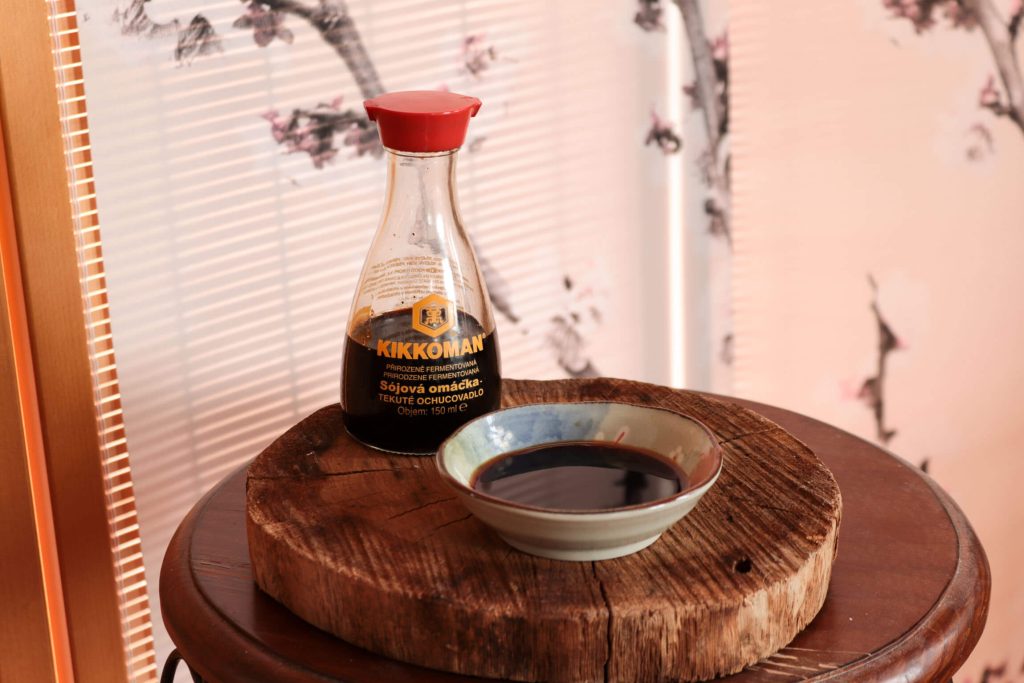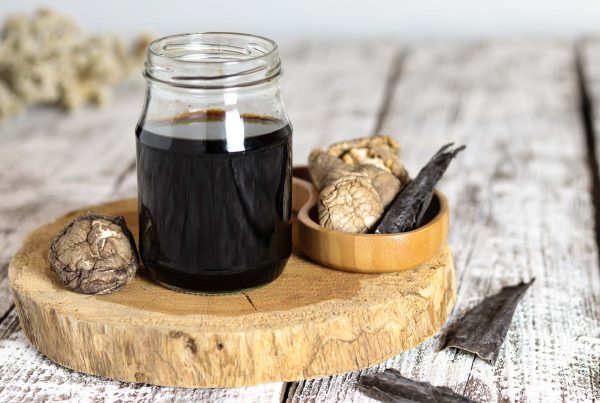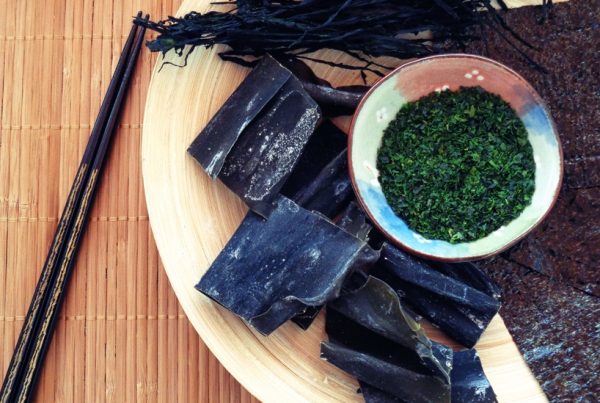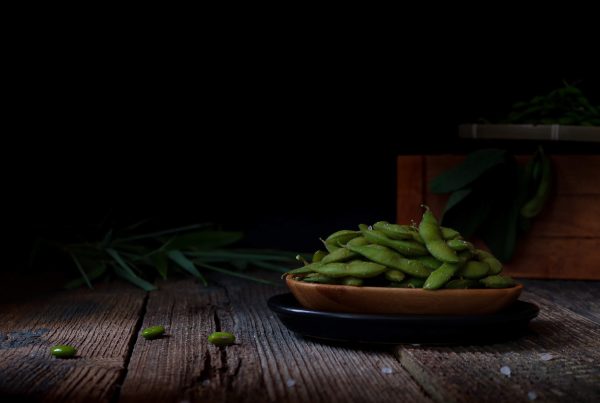
If you are going to cook Asian style dishes, you will probably need a soy sauce sooner or later. Soy sauce is used in many Japanese dishes and it is an essential ingredient in Japanese cuisine.
If you go to a store that sells Asian groceries, you will probably find different kinds of soy sauces and different brands. If you visit, let’s say Tesco, you will probably choose from three variants (this depends on where you live):
- Soy sauce for the best value ever (Here I mean the Tesco brand soy sauce)
- Some Chinese brand
- Kikkoman (Japanese brand)
The easiest way is going to Tesco and buy Kikkoman. If you tend to overcomplicate things (like me), there are few things to watch out for when choosing a soy sauce.
What is soy sauce?
Soy sauce is traditional ingredient used in many Japanese dishes as well as in many other East Asian and Southeast Asian cuisines. The production of soy sauce begins with the fermentation of soybeans and wheat. Soy sauce is usually not a purely soy product. This process takes several months or even years.
Types of soy sauce: Light, dark, Chinese, Japanese…
Soy sauce has its origin in China. Traditional Chinese soy sauces were made only from soybeans, but when the recipe came to Japan, it was slightly modified. Japanese soy sauces were made with equal parts of soybeans and wheat. The result was a sweeter and more delicate taste. However, it doesn’t have to be a rule that every Chinese soy sauce will be stronger and more intense in taste than the Japanese one. This may have been the case a long time ago, but nowadays, when there are many manufacturers, there is no guarantee that it will be still true.
Light soy sauce – has a lighter colour than the dark soy sauce. However, it may have a more intense and saltier taste. It is usually used when cooking dishes where we do not want the ingredients to be coloured by the dark soy sauce.
Dark soy sauce – a darker, less salty version. Some may have a thicker texture. It is often used in marinades or stews and in dishes where we want to achieve a dark “soy” colour.
These characteristics should be taken with caution. There are already so many soy sauces on the market that my whole life would not be enough to try them all.
Soy sauce for people with gluten intolerance
There is a wheat-free version for people with gluten intolerance. Either it has the name Tamari, or it says “gluten free” on the packaging. Even if it’s labelled as tamari, always double check the package if it’s really gluten free and make sure it doesn’t contain any traces of wheat. Some people claim that it has a stronger flavour due to the higher soy content.
What else you should check on the label?
Do you remember the process of fermentation mentioned above? Fermentation is a natural process that should take place for at least 6 months or even several years when it comes to soy sauces. So, if there’s written “Naturally brewed”, it says the soy sauce has gone through this process. This is important because chemically produced soy sauces can also be found on the market. These types do not require fermentation and are made chemically in about two days, often coloured with corn syrup, caramel, and other additives.
BUT BE CAREFUL!
It can happen (and it happens quite often) that even though the soy sauce has the words “Naturally brewed” on the front of the package, it can be very similar to its chemical friends. because various flavourings are added to it anyway. Don’t be fooled and look at the back of the package.
I would apply a rule here:
the fewer ingredients, the better
I personally use only one soy sauce, and that is Kikkoman. It’s a Japanese brand, it has a very long tradition, and I don’t know a better tasting one. It’s made only of soybeans, wheat, and salt. Nothing more, nothing less.
Tips on how to storage a soy sauce:
- The biggest enemy of soy sauce is light and heat
- A dark place is best for a soy sauce
- Keeping it near the stove is also not the best idea because of a heat from the stove
- If you don’t plan to use it within a month after opening, put it in the fridge


